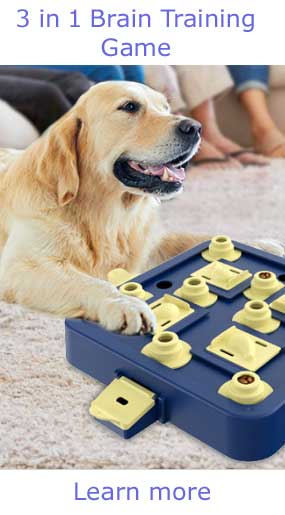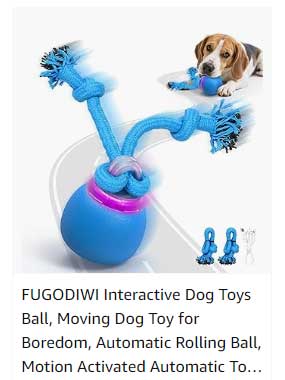Effective dog training hinges on one fundamental principle: clear communication.
The relationship between a dog and its owner thrives when both parties understand each other, leading to better behavior, a stronger bond, and a more enjoyable experience.
Here’s a closer look at how clear communication can facilitate training and create a harmonious connection with your furry friend.
1. Understanding Your Dog’s Language
Dogs communicate primarily through body language, vocalizations, and behavioral cues.
Understanding these signals is crucial for effective training.
For instance, a wagging tail might indicate excitement, while growling can express discomfort or aggression.
By learning to read your dog’s body language, you can tailor your training methods to suit their needs and reactions, enhancing the overall learning process.
2. Consistency is Key
Consistency is fundamental in dog training.
Consistent commands, cues, and rewards help your dog associate specific behaviors with predictable outcomes.
For example, if you use the command “sit” to instruct your dog to sit down, using different words for the same action can lead to confusion.
Stick to a set vocabulary and ensure that all family members are on the same page regarding commands and training techniques to prevent mixed messages.
3. Use Positive Reinforcement
Clear communication goes hand in hand with positive reinforcement.
This method involves rewarding your dog for desired behaviors, thereby encouraging them to repeat those actions.
When you clearly signal what behavior you want, such as sitting or staying, and immediately reward them upon their success, you reinforce the behavior positively.
This not only aids in training but also strengthens the bond you share with your dog.
4. Be Patient and Observant
Training is a process that requires patience. Your dog might not grasp commands immediately, and that’s perfectly normal.
Observing your dog’s reactions and adapting your approach accordingly can make a significant difference.
If your dog seems confused or uninterested, it may be time to adjust your training methods, try different rewards, or change the training environment.
Being attentive to your dog’s needs fosters better communication and understanding.
5. Establish a Training Routine
Consistency in your training routine sets the stage for clear communication.
Regular training sessions help your dog understand what is expected of them and provide them with the practice they need to succeed.
Short, frequent training sessions are often more effective than longer, infrequent ones.
This routine not only helps reinforce learning but also keeps training fun and engaging for your dog.
6. Take Advantage of Technology
In today’s digital age, technology can enhance communication during dog training.
Video tutorials, training apps, and online platforms provide valuable resources and tips from experienced trainers, allowing you to learn new techniques and strengthen your skills.
Record your training sessions to analyze your communication style, helping you understand what works and what might need improvement.
Conclusion
Ultimately, clear communication is the cornerstone of successful dog training.
By understanding your dog’s language, maintaining consistency, using positive reinforcement, being patient, establishing routines, and leveraging technology, you create an environment where learning and enjoyment go hand in hand.
This not only helps your dog acquire new skills but also enriches the bond you share, making the training journey a rewarding experience for both of you.
With dedication and a focus on communication, you and your dog can achieve great success together.












